Take best advantage of the free access to Inorganic Chemistry Frontiers, and read recent HOT articles!
Hierarchical nanoarray materials for advanced nickel–zinc batteries
Zhiyi Lu, Xiaochao Wu, Xiaodong Lei, Yaping Li and Xiaoming Sun
Inorg. Chem. Front., 2015,2, 184-187
DOI: 10.1039/C4QI00143E
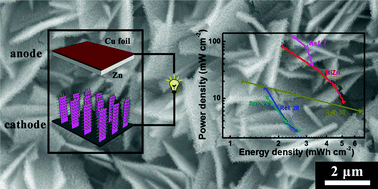
An outstanding second-harmonic generation material BiB2O4F: exploiting the electron-withdrawing ability of fluorine
Rihong Cong, Ying Wang, Lei Kang, Zhengyang Zhou, Zheshuai Lin and Tao Yang
Inorg. Chem. Front., 2015,2, 170-176
DOI: 10.1039/C4QI00192C, Research Article
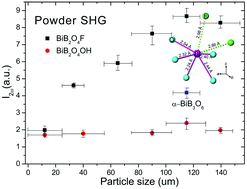
Porous ZnCo2O4 nanoparticles derived from a new mixed-metal organic framework for supercapacitors
Siru Chen, Ming Xue, Yanqiang Li, Ying Pan, Liangkui Zhu, Daliang Zhang, Qianrong Fang and Shilun Qiu
Inorg. Chem. Front., 2015,2, 177-183
DOI: 10.1039/C4QI00167B, Research Article
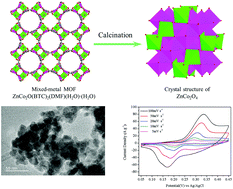
Organic melt, electride, and CVD induced in situ deposition of luminescent lanthanide imidazolate MOFs on nanostructured alumina
Larissa Valerie Meyer, Joachim Vogt, Helmut Schäfer, Martin Steinhart, Rolf Böttcher, Andreas Pöppl, Marit Mai, Claus Feldmann and Klaus Müller-Buschbaum
Inorg. Chem. Front., 2015,2, 237-245
DOI: 10.1039/C4QI00184B, Research Article
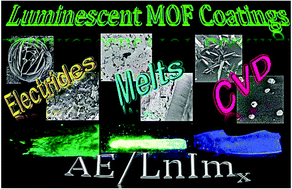
Macroscopic polarity control with alkali metal cation size and coordination environment in a series of tin iodates
Yeong Hun Kim, T. Thao Tran, P. Shiv Halasyamani and Kang Min Ok
Inorg. Chem. Front., 2015,2, 361-368
DOI: 10.1039/C4QI00243A, Research Article

Guest dependent reversible single-crystal to single-crystal structural transformation in a flexible Gd(III)-coordination polymer
Tapan K. Pal, Dinesh De, Subhadip Neogi and Parimal K. Bharadwaj
Inorg. Chem. Front., 2015,2, 395-402
DOI: 10.1039/C4QI00193A, Research Article
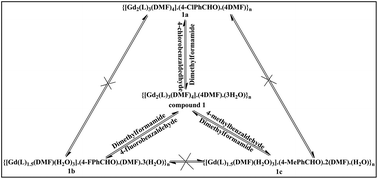
Synthesis, structure, and alkyne insertion of a mixed-sandwich zirconacarborane alkyl
Dongmei Liu, Zaozao Qiu and Zuowei Xie
Inorg. Chem. Front., 2015,2, 467-472
DOI: 10.1039/C4QI00244J, Research Article

Control of pore distribution of porous carbons derived from Mg2+ porous coordination polymers
Yu-ichi Fujiwara, Satoshi Horike, Kanokwan Kongpatpanich, Takashi Sugiyama, Norio Tobori, Hirotomo Nishihara and Susumu Kitagawa
Inorg. Chem. Front., 2015,2, 473-476
DOI: 10.1039/C5QI00019J, Research Article
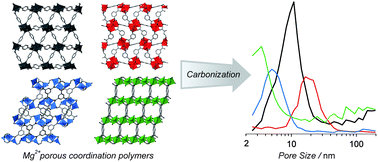
Positioning of the HKUST-1 metal–organic framework (Cu3(BTC)2) through conversion from insoluble Cu-based precursors
Takashi Toyao, Kang Liang, Kenji Okada, Raffaele Ricco, Mark J. Styles, Yasuaki Tokudome, Yu Horiuchi, Anita J. Hill, Masahide Takahashi, Masaya Matsuoka and Paolo Falcaro
Inorg. Chem. Front., 2015,2, 434-441
DOI: 10.1039/C4QI00215F, Research Article
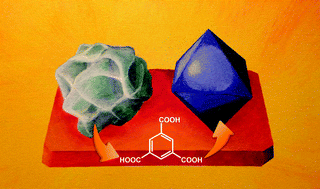
*Submit your work to InorgChemFront and benefit from rapid publishing, free colour and free access till the end of 2015*
Comments Off on Recent Hot InorgChemFront Articles
![]()
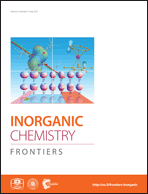












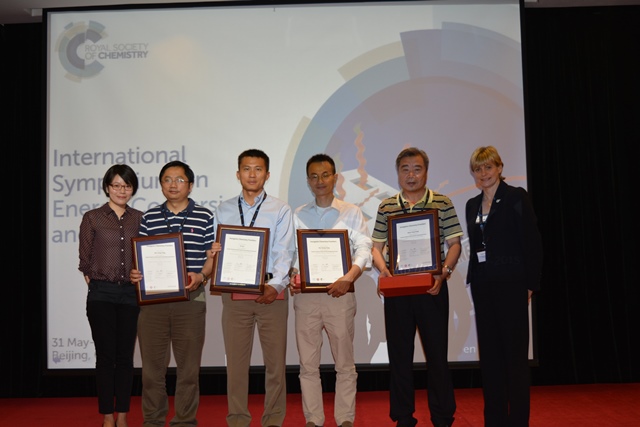
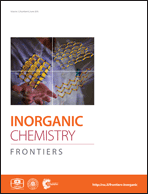









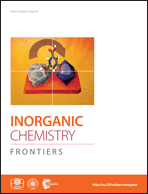 The cover story,
The cover story,  contributed Paolo Falcaro and his colleagues.
contributed Paolo Falcaro and his colleagues.  The cover story,
The cover story,